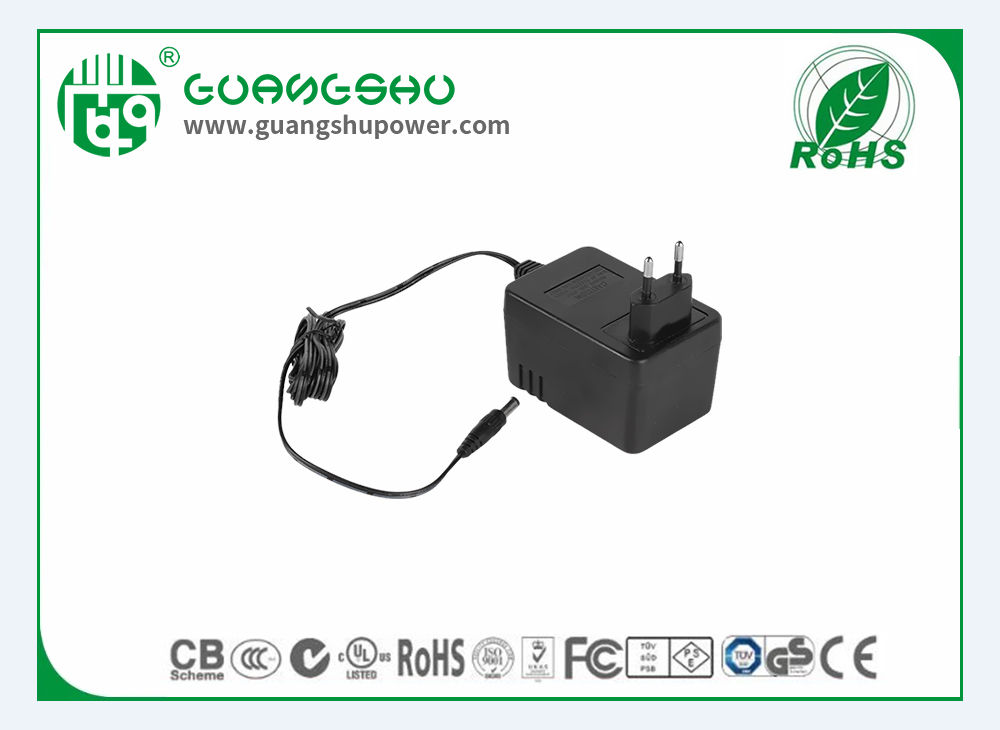Time:2024-10-09 Views:0

Replacing a power adapter requires careful consideration to ensure the new adapter is suitable for the device and operates safely.
1. Matching Specifications
The most crucial aspect of power adapter replacement is matching the specifications. This includes the voltage, current, and polarity. The new adapter must have the same or compatible voltage rating as the original. For example, if the device was originally powered by a 12 - volt adapter, using a 9 - volt or 15 - volt adapter may not work properly. The current rating of the new adapter should be equal to or greater than that of the original. If the device requires a 2 - ampere current, a 1 - ampere adapter may not be able to supply enough power, while a 3 - ampere adapter would be acceptable. Additionally, the polarity of the adapter's output must match the device's input. Incorrect polarity can damage the device.
2. Quality and Brand Considerations
When choosing a replacement power adapter, quality and brand are important factors. High - quality adapters are more likely to be reliable and have a longer lifespan. Well - known brands often have better manufacturing processes and quality control. For example, a reputable brand may use higher - grade components and better insulation materials. This can reduce the risk of overheating, short - circuits, and other problems. However, it is also important to note that some generic or off - brand adapters can be of good quality if they meet the necessary specifications and have positive customer reviews.
3. Physical Compatibility
The physical compatibility of the replacement power adapter with the device is also essential. This includes the size and shape of the connector. If the connector does not fit properly into the device's power port, it cannot be used. For example, some laptops have a specific - shaped power connector that is unique to their model. The length of the cable may also be a consideration. A too - short cable may limit the device's mobility, while a very long cable may be cumbersome and more likely to get tangled.
4. Testing the New Adapter
Before relying on the new power adapter for regular use, it is advisable to test it. First, check the physical connection to ensure it is secure. Then, use a multimeter to measure the output voltage to confirm it is within the expected range. Some devices may also have built - in indicators or software that can show the charging status or power input. By testing the new adapter, any potential problems can be identified early, such as a defective adapter or an incorrect specification match.
Read recommendations: